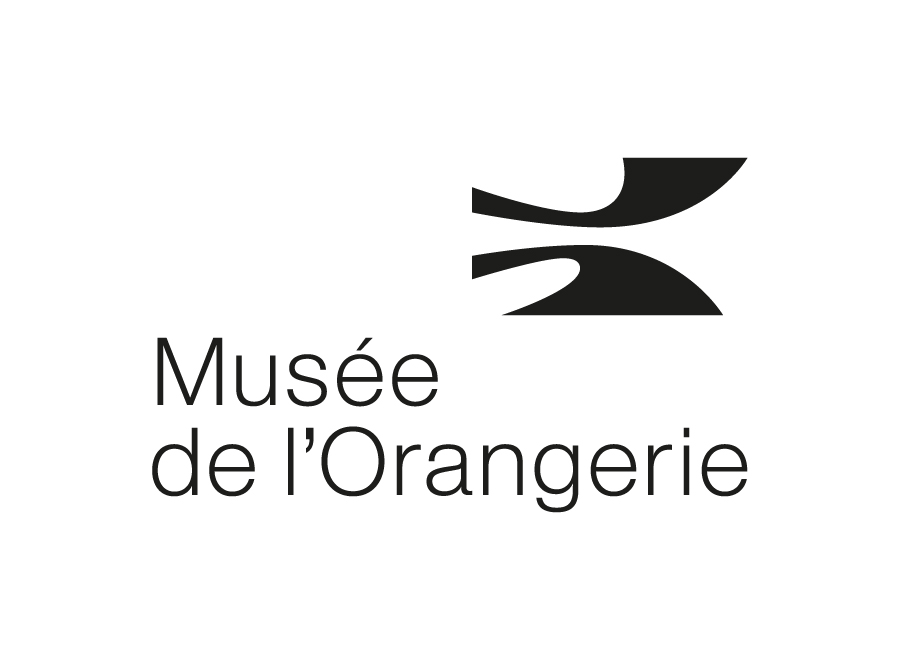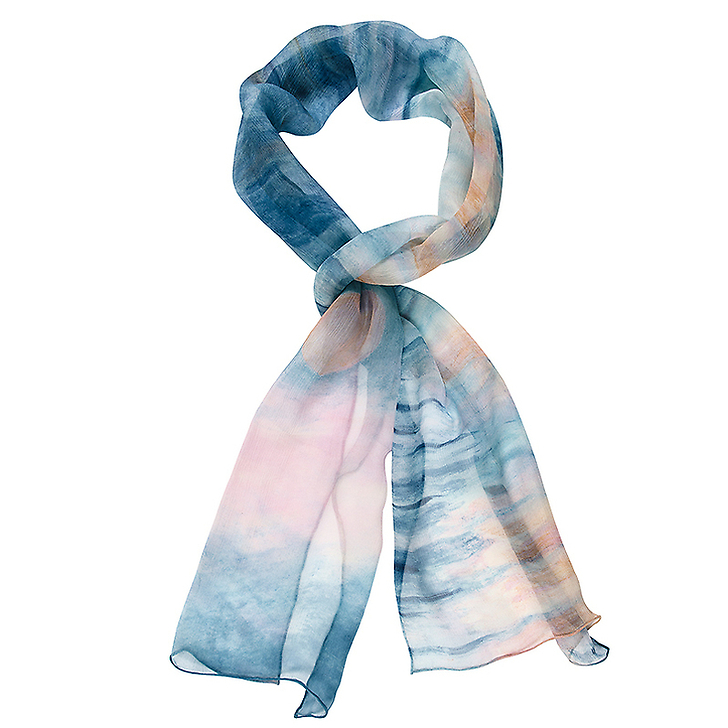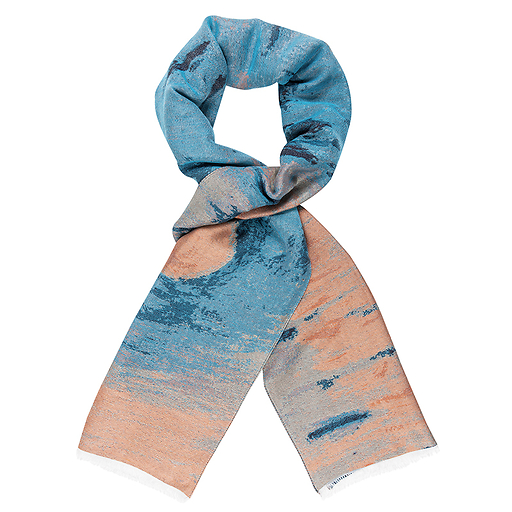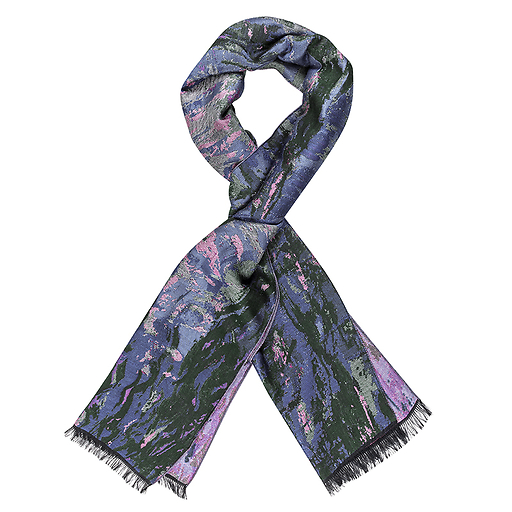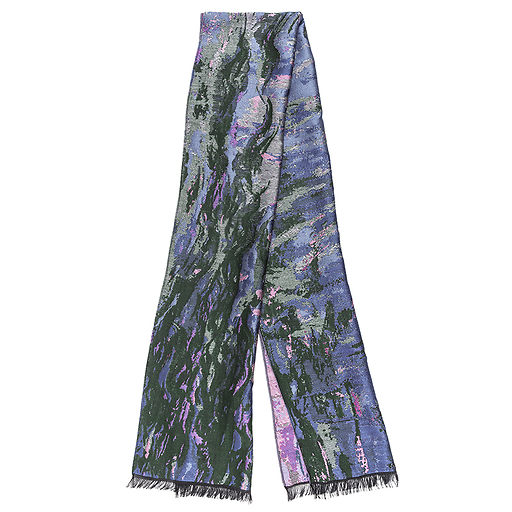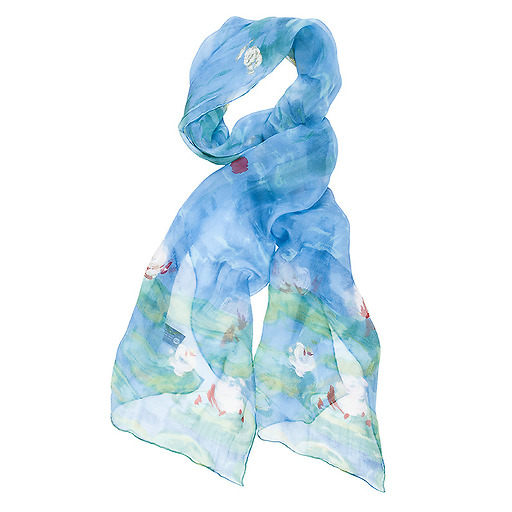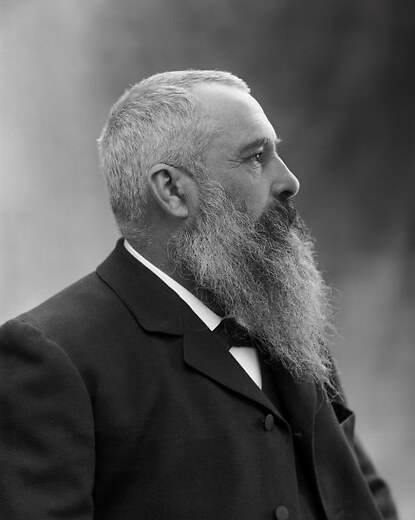Lavacourt is a village in the Paris area, located on the left bank of the Seine, opposite the village of Vétheuil where Monet was based in September 1878. The winter of 1879 was particularly harsh.
Paris and the surrounding area were paralysed by snow and all transport stopped. Despite the intense cold, Monet painted twenty or so paintings during the first months of 1880, observing the ice on the Seine slowly thawing.
At that time, a lack of money drove the painter to try to enter the official Salon again, which he had given up in favour of impressionist exhibitions since it rejected his works in 1870. For the 1880 Salon, Monet prepared a deliberately toned down view of Lavacourt which was selected by the jury, as well as a flooded landscape showing the ice thawing on the Seine - undoubtedly the painting at the Petit Palais - which was rejected. Indeed, in this second work Monet gave freer rein to pictorial experimentation.
The topographical aspect of the village barely figures here, while the use of colour emphasises the importance of the air and water. The effect of cold mist is conveyed with fine, fluid strokes in the upper third of the painting. The water and the banks are painted with wider strokes with impasto highlights. The orange of the sunset placed at the very centre of the composition brings to mind the famous painting of 1872, Impression, Sunrise (Paris, Marmottan Museum), the title of which was the origin of the word impressionist. This way of painting gives an impression of haste, instability and transience which is fitting for the twilight hour.
100% Silk chiffon
Finish: Hand-rolled hem.
Hand-rolled is a refined hemming technique based on the skills of hand sewing.
The craft of roulotting, once widespread in France, is now disappearing. Only a few well-known brands still practice it.
Close
